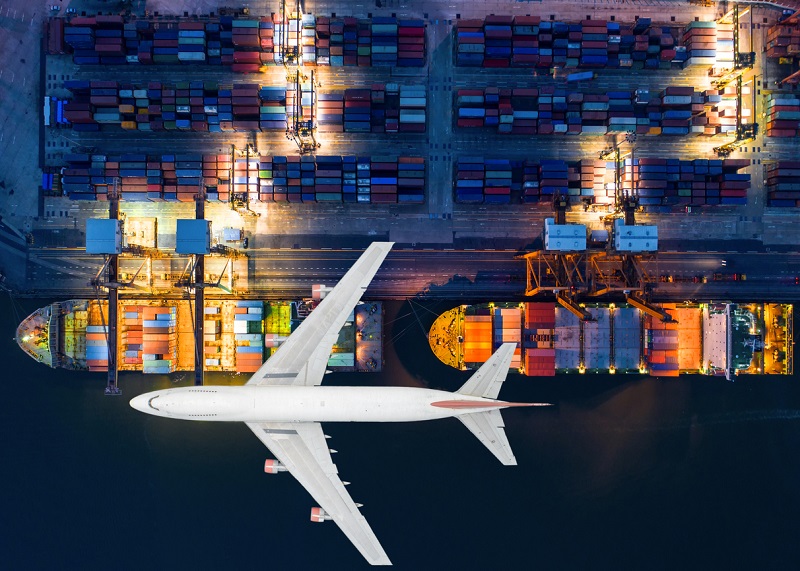Top Export Documents Every Seller Should Know About
In international transactions, several documents come into play. These documents differ, depending on whether you are exporting to a country in the same economic integration zone or to a third country. Each economic integration zone, therefore, has its documents, be it ECOWAS, WAEMU, or the European Union. As well as these region-specific documents, there are standard documents for all exports.
First, among the commercial documents, the first to know imperatively is the commercial invoice. It is essential to any export. The amount indicated is based on the duties and taxes calculated upon arrival of the goods. This includes the price, the volume, and the weight of the products.

In addition to the commercial documents, there are regulatory documents. These documents are intended to give the supervisory authorities of the countries of destination sufficient confidence regarding the products they will allow to market on their territory. Among these documents, the most important is probably the verification certificate. This document is provided by an independent body and certifies that exported goods follow the country's set standards. We can also mention the export declaration or phytosanitary certificates.
And now to discuss the transport documents. In this category, the primary documents are the sea bill of lading, the air waybill, and the consignment note, which correspond respectively to sea freight, air freight, and land transport. They attest to the assumption of responsibility for the goods by the primary carrier.
It should be noted that some documents are common to all categories. This is, for example, the case for the insurance certificate, which concerns both the commercial aspect and the transport aspect.
To learn more specifics on export documentation or any other trade questions you might have, join EXIMA today. Our network of international trade professionals is here to help you learn more about what you need for a successful trade transaction.









